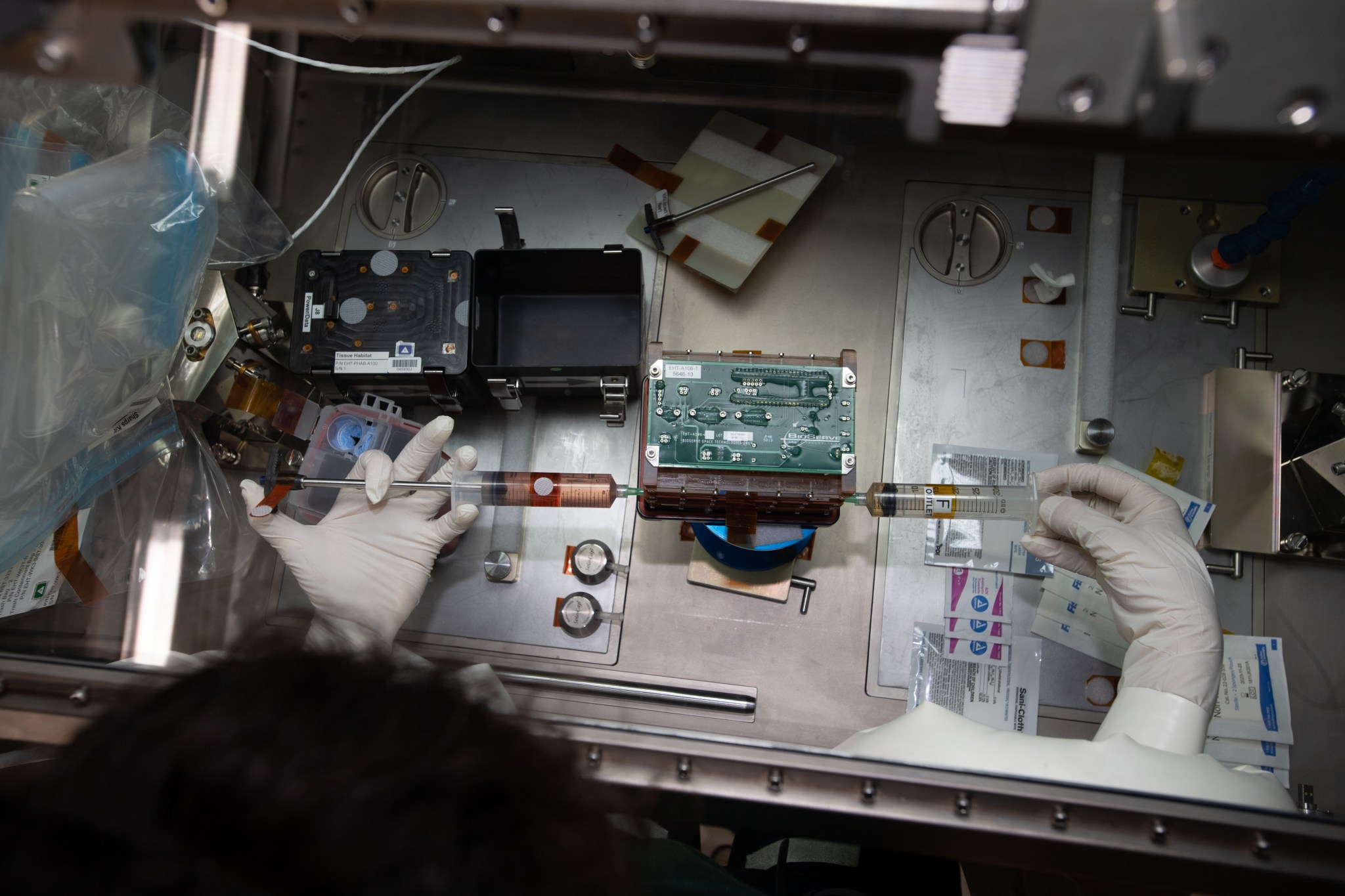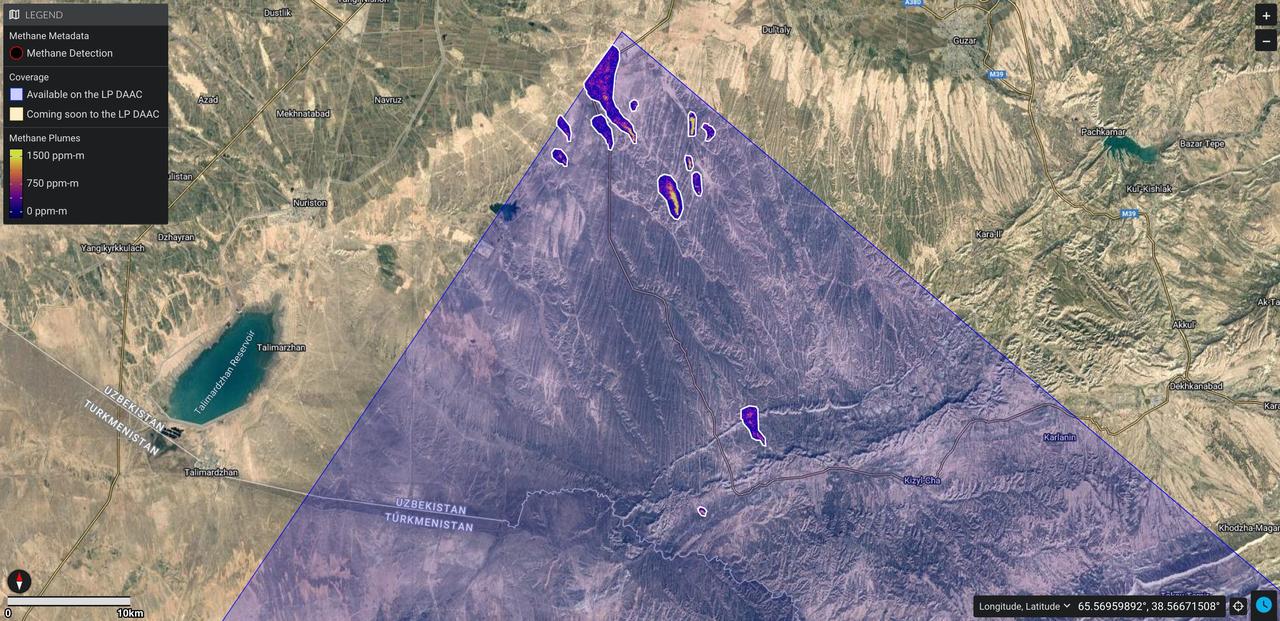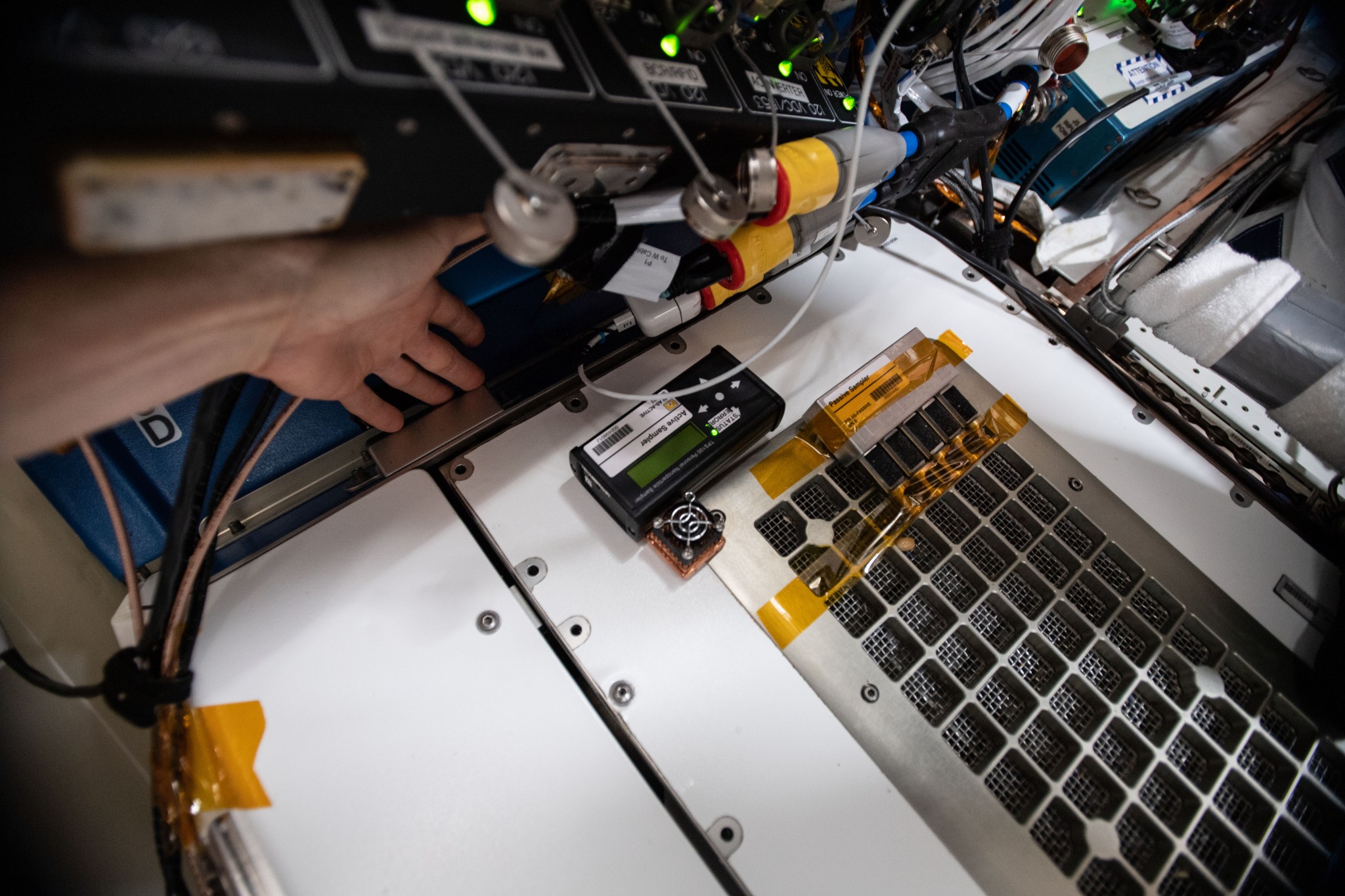Engineered heart tissues in space showed impairments that led to increased arrhythmias and loss of muscle strength, changes similar to cardiac aging. This finding suggests that the engineered tissues, essentially an automated heart-on-a-chip platform, can be used to study cardiac issues in space and aging-related cardiovascular disease on Earth.
Microgravity exposure is known to cause changes in cardiovascular function similar to those seen with aging on Earth. Engineered Heart Tissues assessed these changes using 3D cultured cardiac muscle tissue. The 3D cultures, grown with special scaffolds and derived from human cells, are better at reproducing the behavior of actual tissues than previous models. Results could support development of countermeasures for crew members on future long-duration space missions and development of drugs to treat cardiac diseases on Earth.
A space-based and an airborne imaging spectrometer together make it possible to attribute the source of methane and carbon dioxide plumes to specific sectors, such as oil and gas or agriculture. Methane and carbon dioxide emissions are primary drivers of human-caused climate change. This finding could improve greenhouse gas budget and inform mitigation strategies.
The space station’s Earth Surface Mineral Dust Source Investigation (EMIT) instrument was designed to determine the type and distribution of minerals in the dust of Earth’s arid regions, but researchers found that EMIT data also can identify specific sources of methane and carbon dioxide emissions. The space-based instrument can identify emissions over large areas and provide repeat observations that reduce uncertainty. The Airborne Visible/Infrared Imaging Spectrometer-3, a NASA Jet Propulsion Laboratory instrument, can quantify smaller emissions sources. Combining these observations provides more information on emission sources.
Even short periods of higher relative humidity can increase growth of fungi in spacecraft dust and change the diversity of species present. This finding suggests that moisture conditions can predict changes in fungal growth and composition in spacecraft and space habitats, helping to protect astronaut health and structure integrity.
The space station contains a unique community of microbes, including many that reside in dust, much like in indoor environments on Earth. Aerosol Sampler collected airborne particles in the station’s cabin air, including dust, for examination on the ground. There are many potential sources of daily elevated moisture conditions on the space station and scientists need to understand how this affects the fungal and bacterial communities in spacecraft dust. The model described in the paper also could assess how other environmental factors such as microgravity and elevated carbon dioxide affect these microbes.
from NASA https://ift.tt/9S1jugD





No comments:
Post a Comment